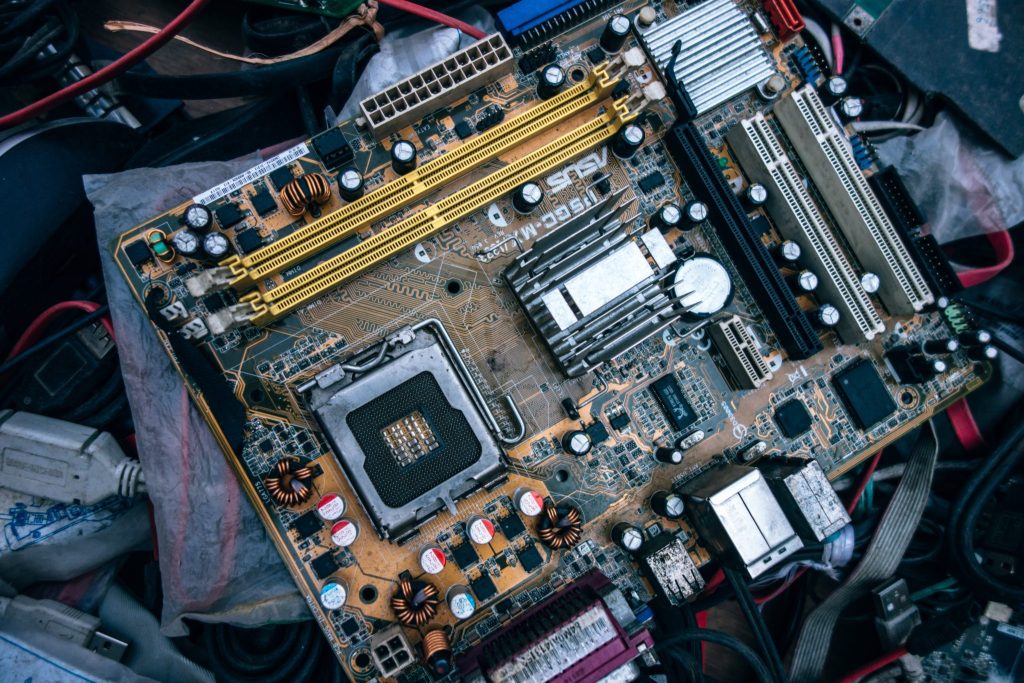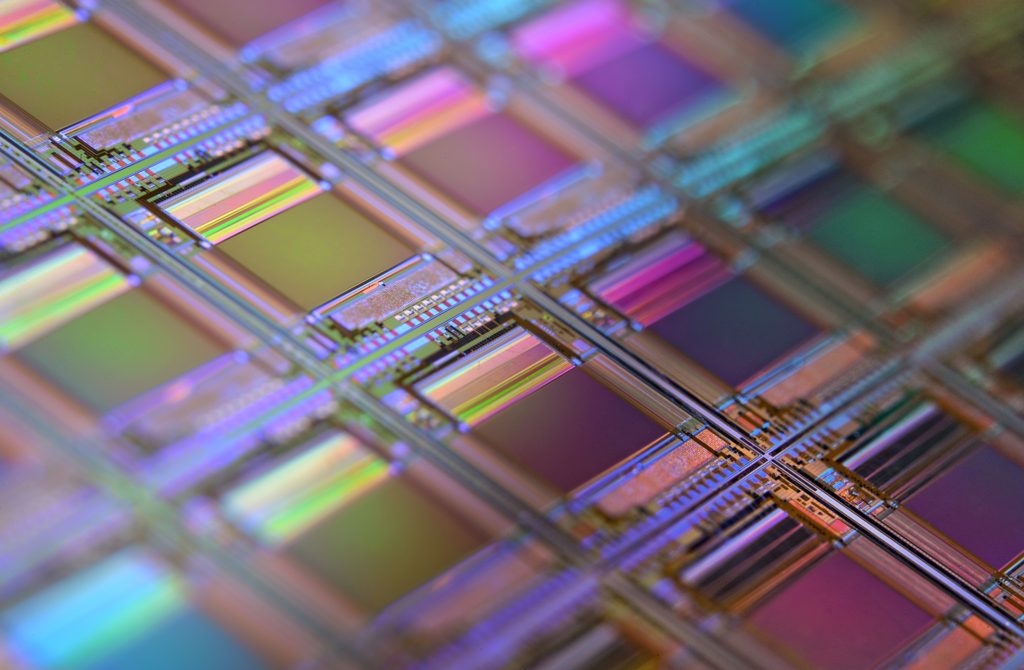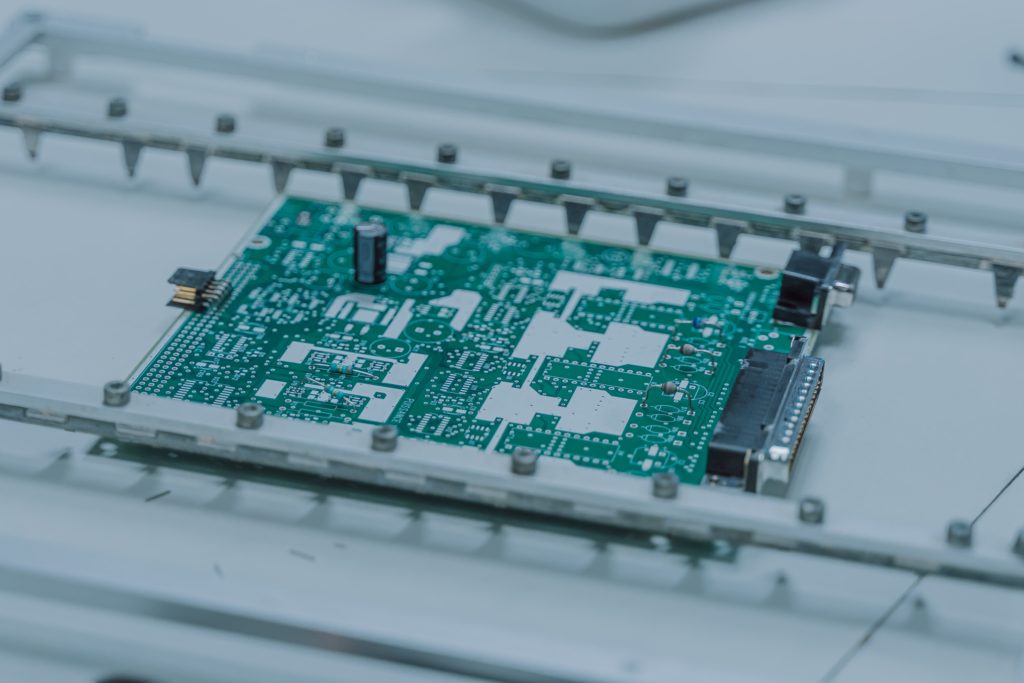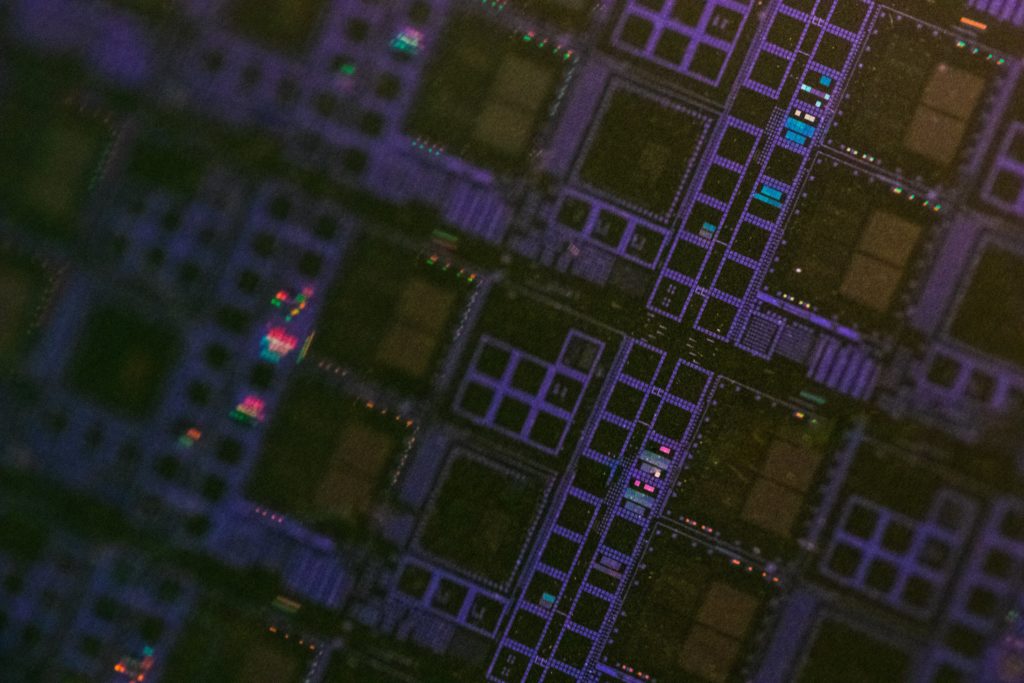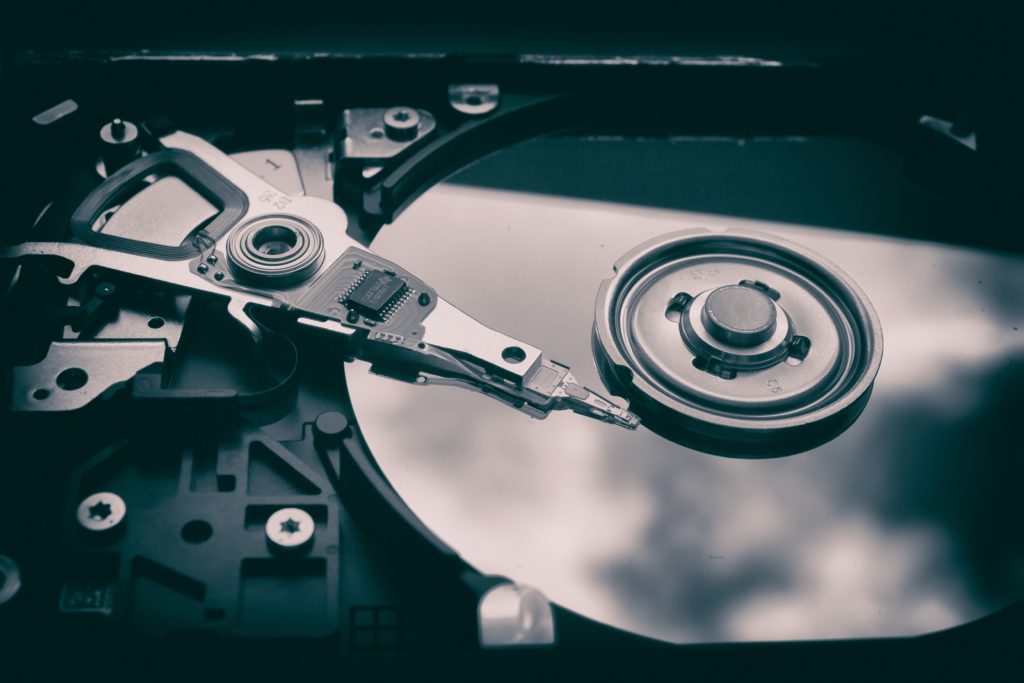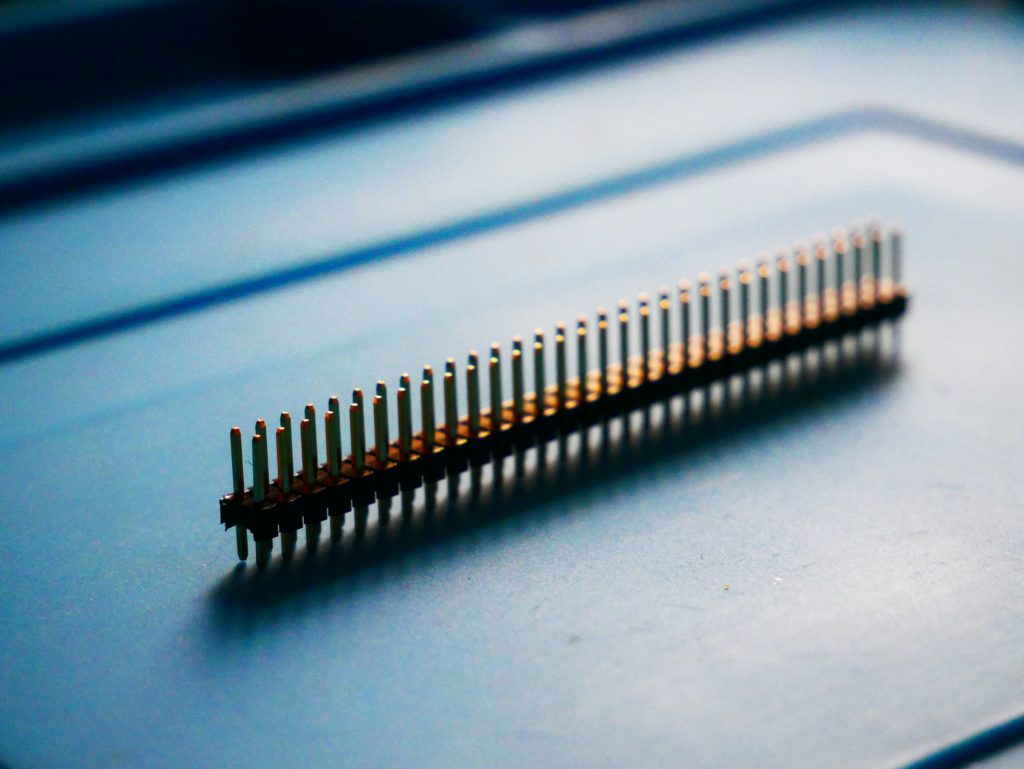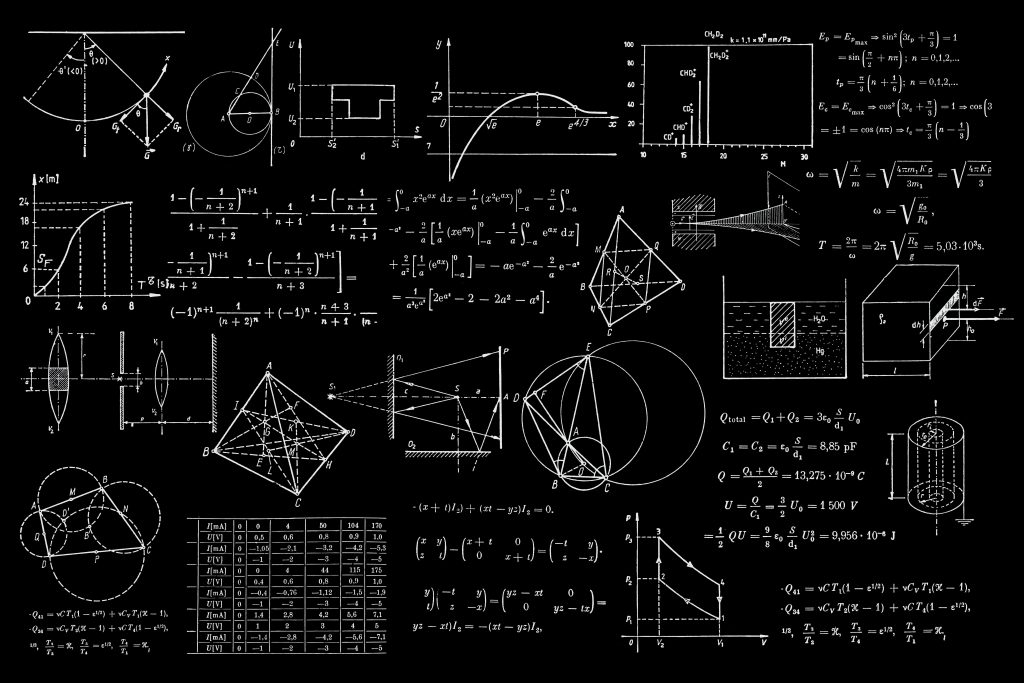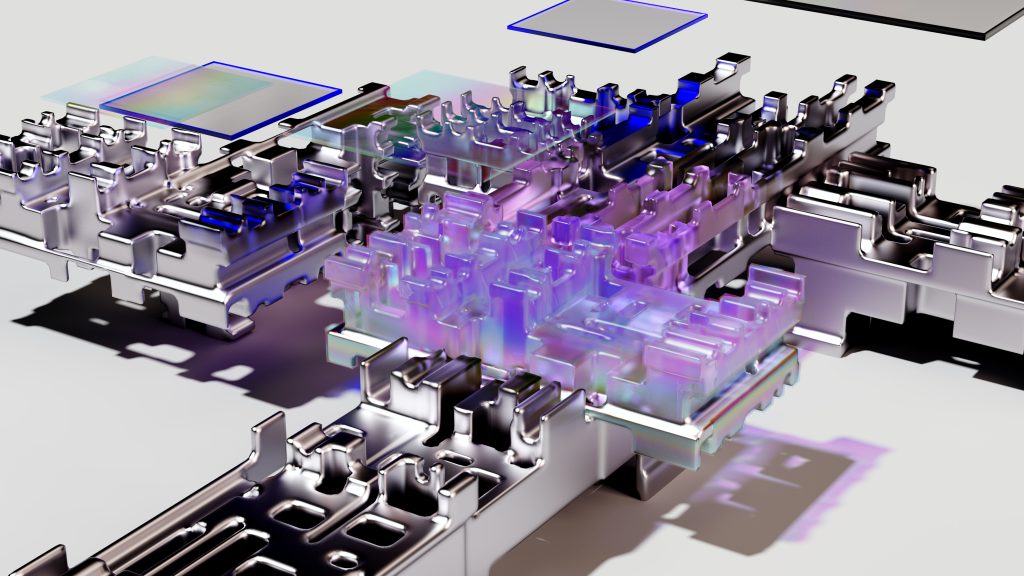Photo by Fancycrave on Unsplash
In 2011, Marc Andreessen wrote widely read article Why Software Is Eating The World. Last few years saw similar trend to what he projected, but 2016 was special and showed a new trend which not many would have expected in the year 2011.
Year 2016: Hardware is running the world.
Hardware has always acted like a catalyst in the world of technology, where many things are done with click of button. Eventually, to process all this information and get user what he she needs, one has to have excellent set of hardware tools, right from WiFi chip, to CPU, to routers, to powerful servers. As it has happened every year since 1971, 2016 too quietly kept introducing hardware oriented products with epic performance and perfect solutions.
Marc in his article emphasized how technology giants like Google, Amazon and others are writing zillions of code to make everyday decisions in one’s life. Which to some extent is true, but can’t be done without the help of hardware that can process all these zillions of code.
My goal in this blog post is to emphasize the hardware developments and products that came from same technology giants (and many others) who were mainly focused on software are now moving ahead with software is eating the world and hardware is running it motto.
Personal Mobile Devices:
This is the most active domain out of all in computer hardware, and 2016 again showed growing importance of having good hardware for the best OS and applications. Google introduced Pixel smartphones out of the frustration of not having good say in designing hardware and deep integration of its AI services. A smartphone designed by Google allows it to make use of the all the features beneath the architecture which otherwise would have been difficult, and it also shows other Android vendors on how to make best use of Android’s ecosystem by designing something that’s minimal yet so powerful.
It won’t be wrong to say that Apple literally owns this domain because of deep amalgamation of hardware and software. iPhone saw another version, but what caught everyone’s attention were these tiny little Apple Airpods. It is being said, that Apple’s future products will be inspired from Airpods, because they may allow Apple to have control over on the go virtual reality (VR), a promising and upcoming domain.
Of all the mobile hardware advancements, something very unexpected happened, Samsung’s Note 7 exploded and raised a very important question on brutal and fast product development to outperform competitors at the cost of user safety. Even after this, mobile hardware development kept pace with market demand, and also saw ARM, leader in mobile processor IP, being acquired by SoftBank. Even Lenovo realized that it can’t produce the best hardware and acquired Motorola, which has wide variety of hardware running Android.
Overall, 2016 saw growing importance of mobile hardware, which will help software developers in writing applications that can help users to be more productive. In 2017, I think Microsoft with Windows 10 and Google to Samsung with Android OS will show importance of great hardware for great software.
Desktops:
Ever since smartphones got traction, desktop is something which everyone keeps writing off, but there are section of people who do want it to survive, even I do, and so does Microsoft. Microsoft’s Surface Studio was what desktop community needed, it showed how designing hardware which is not only powerful, but attractive to use can revive desktop sales. This has got other companies like HP and Dell, who have strong presence in desktop market, pumped up as Microsoft’s major goal is to not be a hardware vendor, but to show other hardware vendors how designing hardware differently can make bring best out of the Windows 10 ecosystem.
To keep pace with growing software and improved Windows version, Intel throughout the year 2016 kept introducing powerful and efficient CPUs. This perfect development in desktop domain has forced even Apple to rethink about iMacs, and this only means better days for desktop and macOS users. And with Windows 10 finding home in ARM, 2017 is going to be a roller coaster for both hardware development and the race of which chip will run the OS.
Servers:
Cloud computing requires the most powerful and efficient processors, and often giants like Google, Microsoft and Facebook have complained about the lack of push by Intel, the leader in this domain. To get the best out of the server grade processors, all software giants decided to take matters in hand, and created teams that work specifically on CPUs for servers with AI and deep learning mechanisms embedded for better efficiency.
Even Nvidia took the lead and showed the future of chip for AI. On other-hand, IBM showed the importance of domain specific chips for deep learning. And, Amazon acknowledging the need for programmable hardware for its cloud customers. Again emphasizing the importance of hardware in the software eating world.
Embedded Devices:
Embedded domain is very different from mobile devices, these are those smart products which are resting quietly somewhere in your office or home, and are waiting of your input to get into action.
Amazon’s Echo, Google’s Home, Microsoft’s HoloLens and Dial all showed how future hardware may look like. Off course, these are powered by very smart software, but also showed importance of designing products differently. VR is going to see more action with hardware products coming from Oculus, Samsung, Google and may be even Apple?
What to look for in 2017:
One thing is pretty clear, that software needs a perfect hardware and it has taken 4 decades for both hardware-software to come together.
Windows 10 is the best Windows version ever, Linux desktops are getting neat and stable, Android OS is more secure and defacto for mobile devices, IoT is getting its own software ecosystem and VR is finding way into people’s daily life. Intel, ARM, Qualcomm, Nvidia, Microtek are introducing the perfect hardware platform required for all different ecosystem and products to survive.
Starting 2017, it’s not going to be all about software, vendors have to make best of both. Just having random hardware assembled at Shenzhen with Android installed on it is not going to last forever. Hardware development for smart devices will have to evolve and with stabilized software-hardware architecture, more futuristic products could be introduced.
Ultrabook will be one domain that will get a major push along with more exciting smart hardware products from Google. Autonomous cars will crave for better self-driving hardware. VR may go mainstream with drones making deliveries. May be CES 2017 will have answers.
